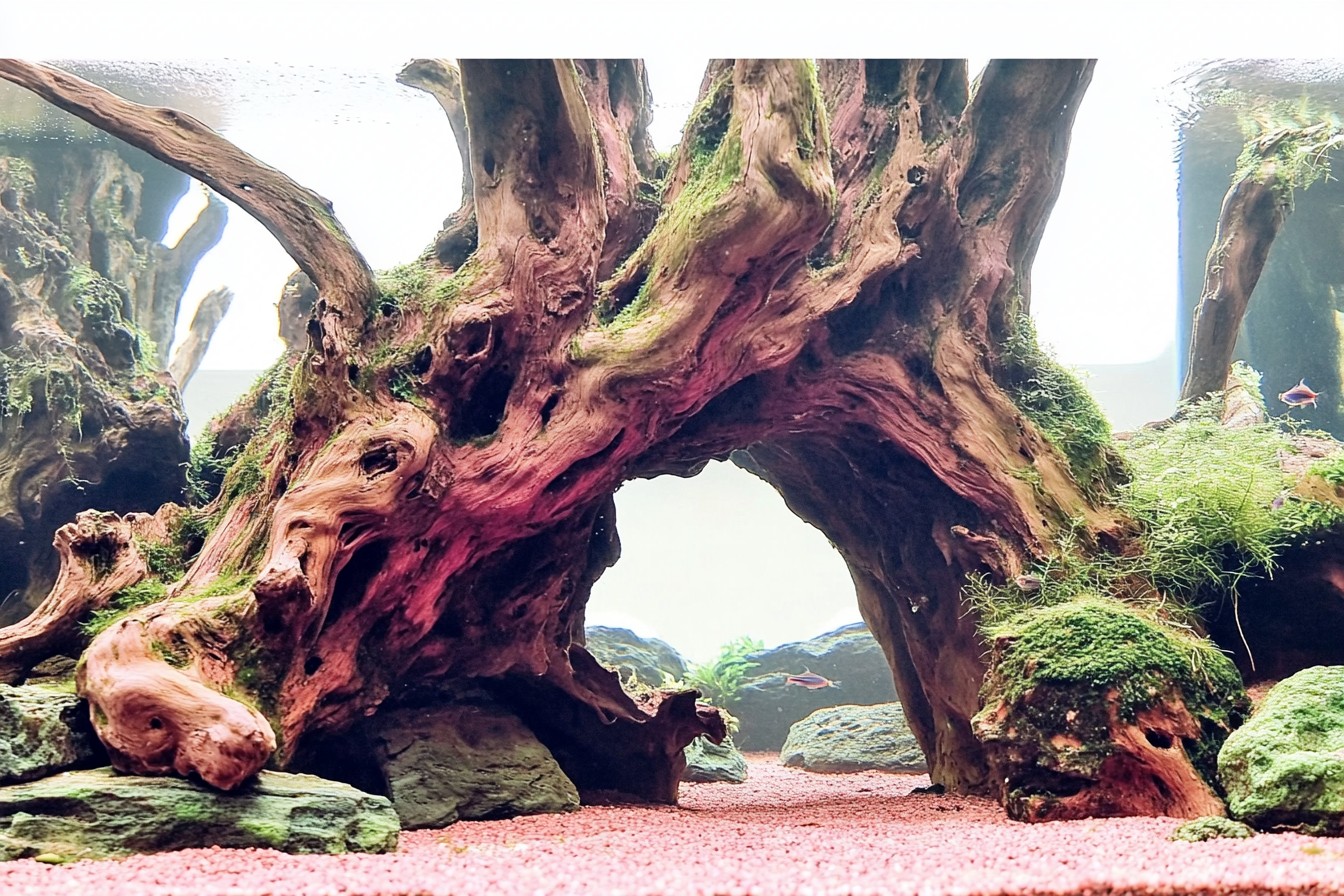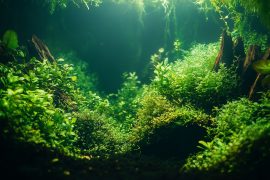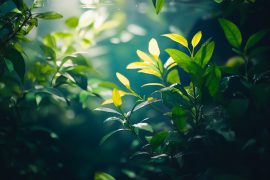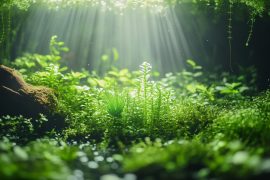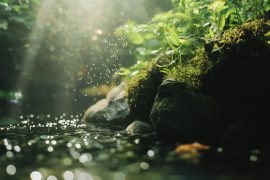When I tried my hand at Dutch-style aquascaping, I ended up with an unmitigated disaster. Plant life was strewn across the aquarium with no attempt at organization, focal points did not exist, and the color combinations were not just dissimilar but almost hostile to one another. It was as if the underwater world decided to replicate an unrefined abstract painting—and paint splatters at that. During my second attempt, I tried to balance my overabundance of freedom with constraints and ended up with a rigid arrangement resembling flora curated by an overbearing military instructor. Because of both my attempts on the aquarium, I was forced to self-reflect on whether or not I’m genuinely good with art.
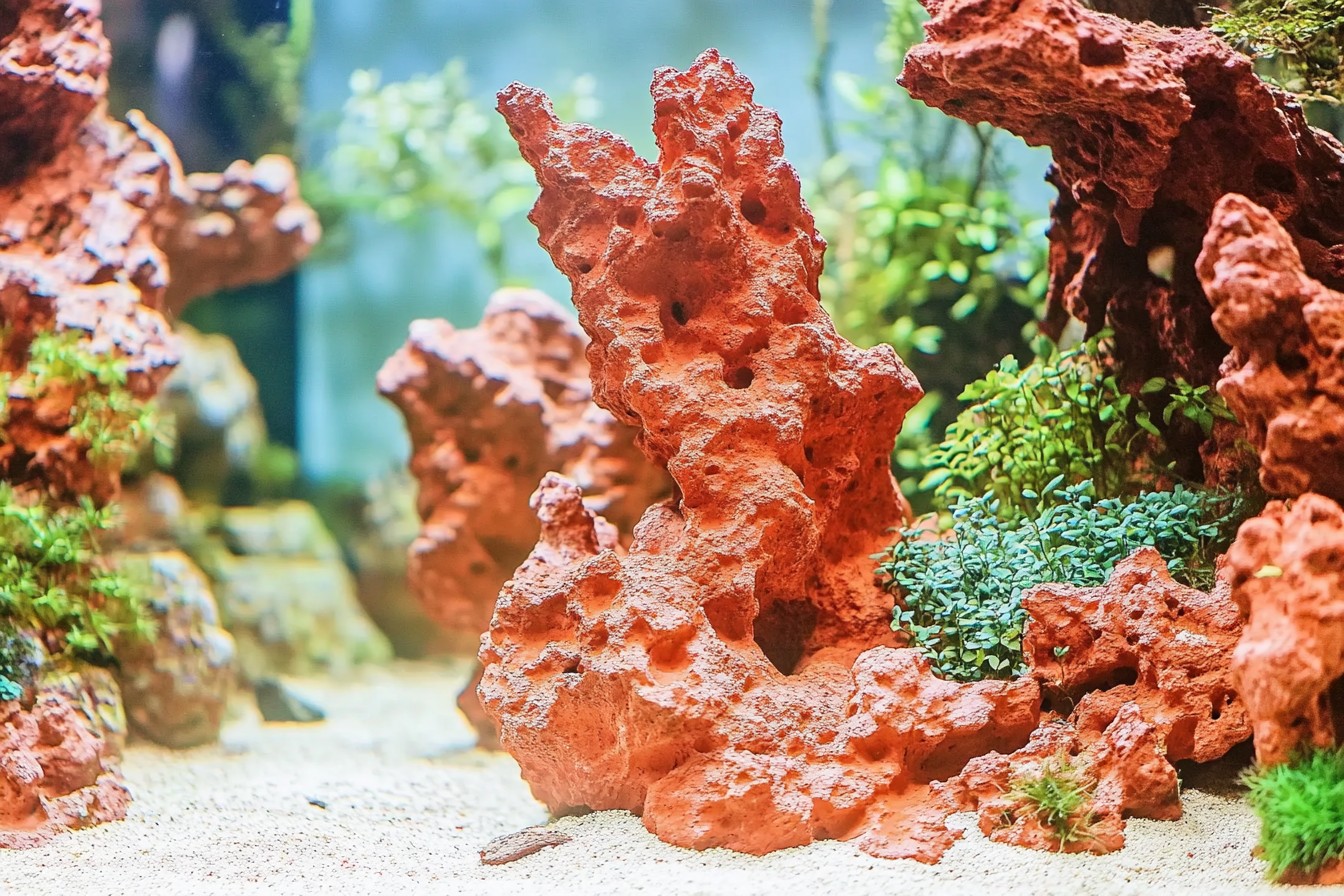
As for my first attempt at Iwagumi, well, I completely missed the mark. Instead of the tranquil view of a mountain range, you get a vision of a bag of rocks accidentally dropped into an aquarium. My local aquarium shop owner—an informal mentor of sorts—kindly said, “Are you aiming for something abstract?” Not even close.
While they may be different interpretations of aquascaping, they nonetheless rely on completely different concepts. Learning both has significantly improved me as an aquascaper. Allow me to share my years of trial, error, and borderline genius moments dedicated to these two approaches and what I’ve learned from them.
Dutch-style aquascaping originated in the Netherlands in the early 20th century, well before the era of specialized aquariums containing CO2 systems and aquarium fertilizers. It may be described as an underwater garden, primarily focused on plant growth, intricate color blending, and high levels of maintenance. If formal European gardens were to be recreated in a swimming pool, that’s the essence of Dutch style.
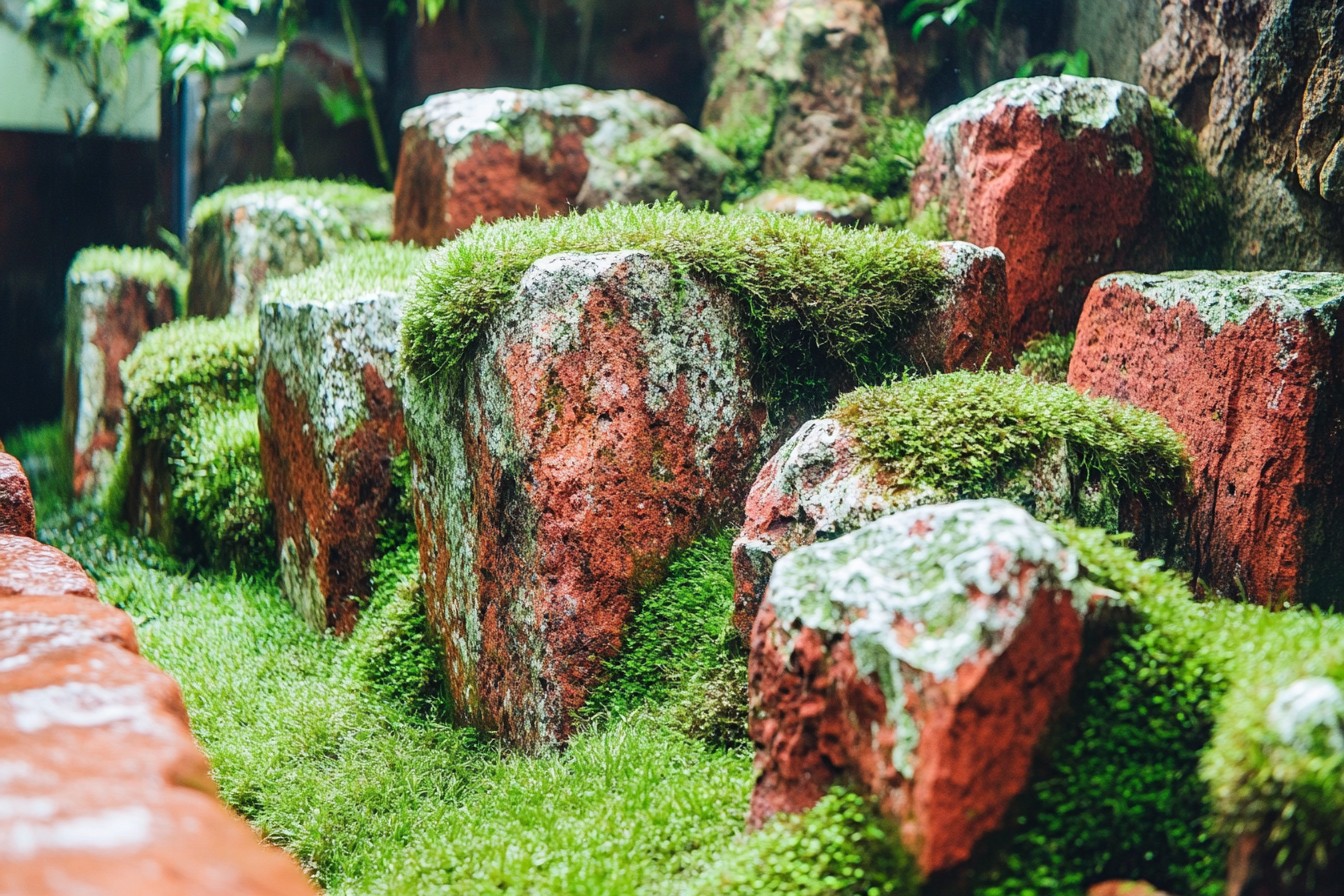
Deep water breeding and custom glass tanks have become common in the recent years. The most notable advancement is the construction of aquascaping competition glass tanks so that people with limited time could decide which parts to decorate and which parts to leave unobstructed. Until only a few years ago, the lack of clear walls made it impossible to showcase tanks constructed in this manner, but flagship stores selling fused sand blasters and sand blasting directly on location have changed the rules of the game.
Constructing a formal Dutch tank requires meeting specific set of standards. One that drove me nuts when I first learned about it. Rearranging plant groups to be taller in the back and shorter in the front, must be done to create that terraced look. Adjacent set of groups need to be distinctly different with which is why each group best alternates in their contrasting colors and leaf shape or texture. And the most challenging part for my fellow learners: a maximum of ten percent of the substrate area, per species, so no more than one. Which means for a properly executed Dutch tank, a minimum of ten separate plant species, all thriving, which need to be maintained simultaneously.
When I began to think like a gardener instead of attempting to follow the rules, that’s when my breakthrough came. I frequently went to the botanical garden with a notebook and looked at how they created interest with groupings of plants. I saw that they arranged plants in triads, quintets (5), and septets (7) instead of using even numbers, which created more natural looking arrangements. They placed purple next to yellow or red beside green so that each color would stand out more. Most importantly, they preserved negative space, areas that frame interest and allow the eye to pause.
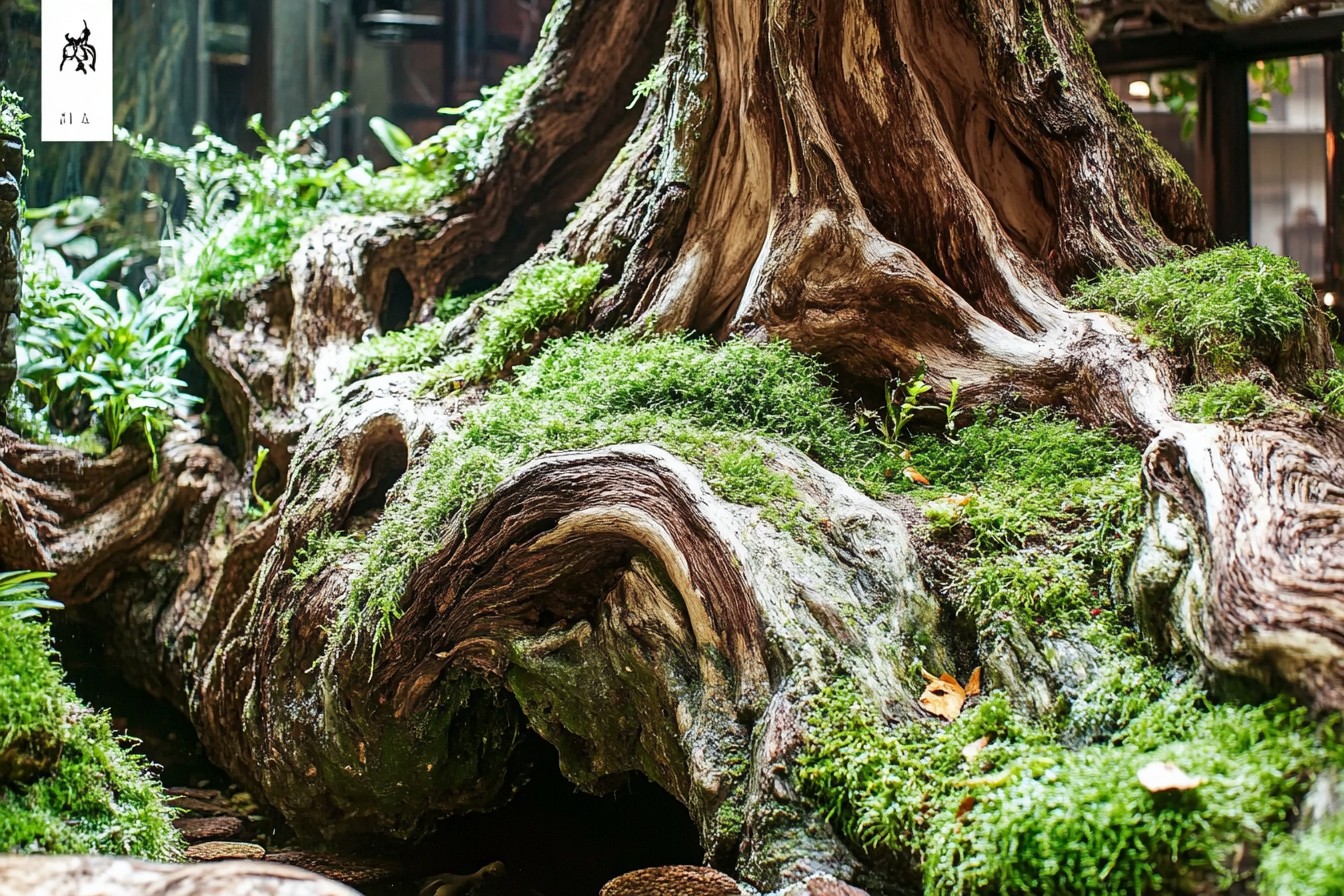
When I tried to Dutch style aquascape the second time, applying these principles from gardening made all the difference. Rather than trying to cram all the plants I loved into one tank, which was my approach before, I picked species that would create the contrast I desired. Rotala’s (Rutundifolia) reddish hues behind the bright green of Pearling Moss. Echinodorus’ broad leaves next to feathery Cabomba. The tank now has rhythm and flow instead of chaotic abundance.
Nevertheless, it is in maintenance where Dutch tanks really distinguish between the casual hobbyist and the dedicated aquascaper. Overgrown stem plants usually need at least weekly pruning, and these systems are no different. Skip two weeks and your carefully planned streets begin to invade one another’s territory. From my years of experience, I learned to trim stem plants specifically above nodes to encourage lateral growth instead of vertical stretching. And unfortunately, I learned, different species grow at completely different rates. Without some intervention, what looks balanced at planting quickly becomes unkempt.
While aquascaping in the Dutch style challenges your horticultural acumen and commitment to maintenance, Iwagumi tests one’s endurance, self-restraint, and understanding of proportion.

Iwagumi comes from the Japanese word for “rock formation”, and derives from the Japanese gardening tradition, later adapted to aquascaping by Takashi Amano. It is minimalism in its purest form— a few features, including properly arranged rocks, a carpeting of single species plants, and usually one or more kinds of smaller fish. The rocks form the skeleton, creating an impressive outline of mountains or cliffs in a landscape. Every stone matters intensely in ways I didn’t initially appreciate.
The arrangement continues adhering to classical elements, with primary stone (oyaishi) taking the center of focus. From there, stones are placed fukuishi or secondary stones, and soeishi or tertiary stones. The placement will never allow secondary and tertiary stones to be the same size or symmetrically placed, as nature does not permit unnatural balance. An example would be using stones, which should always be in odd count, for smaller aquariums should be three or five, while greater than seven for larger aquariums.
In my case however, the number of rocks kept in the aquarium were not as important as the design itself, as I believed the plants would stand out as the main attention grabber, albeit failing miserably each time. Every Iwagumi requires a strong backbone when it comes to rocks, and that’s what I got wrong all the times. Now, prior to adding water to the tank, it literally takes me hours to arrange the stones to my liking, and this is just one of my many pet peeves. Once, at two in the morning, my wife came across me on the floor encircled by rocks while repeating, “Tension, balance”, and she retreated out of the room slowly.
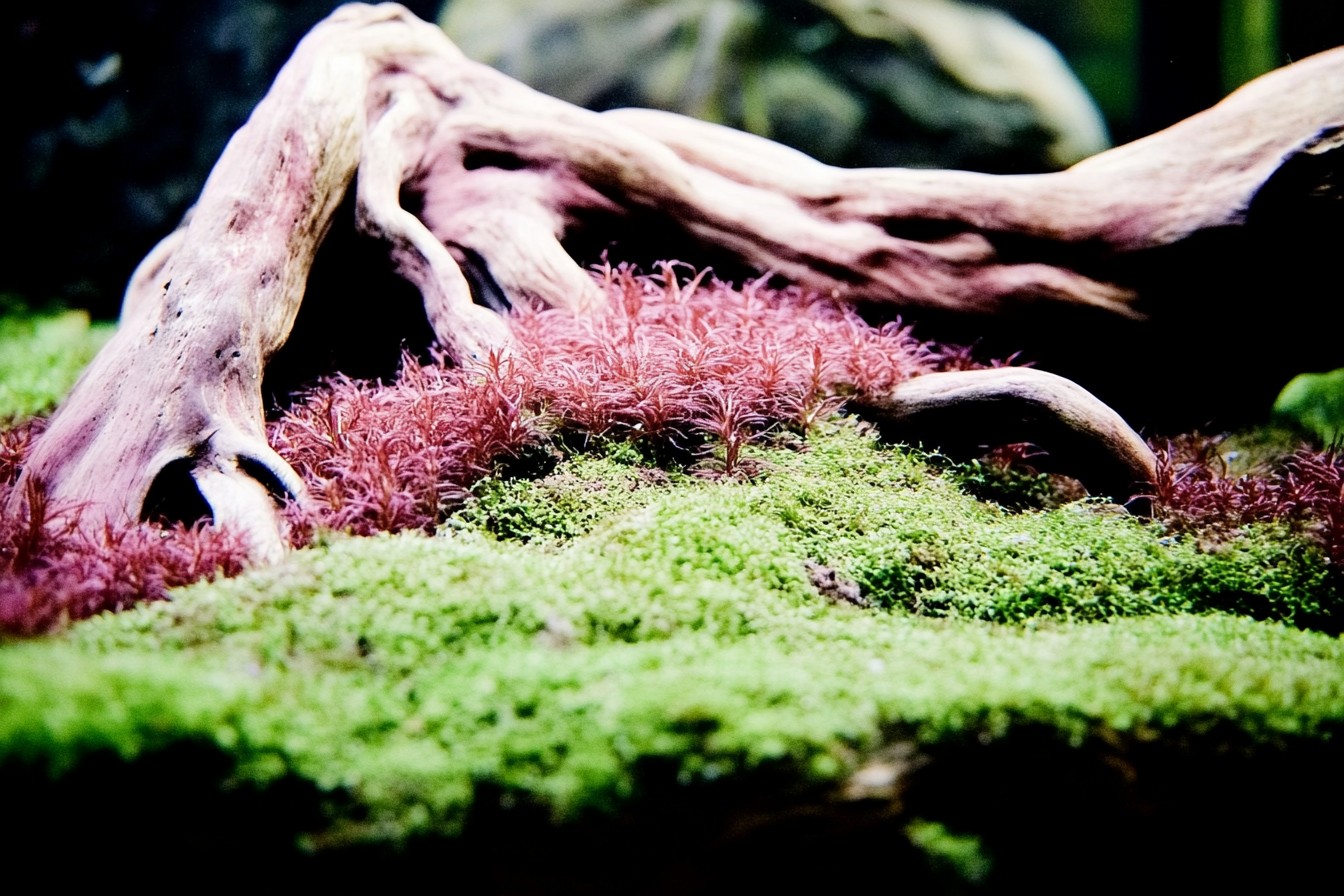
Only a few plants can be selected when going for Iwagumi. With traditional designs and arrangements, Imitation Cuba HC, Acicularis Eleocharis, or Montel Carlo are usually preferred. Personally though, I would combine two lesser known plants while maintaining the minimalist spirit, with the intention of having one in the foreground and the other in the back, to give off the impression of layering.
Each fish species selected plays a pivotal role in any aquascape composition. My highlight Iwagumi was the one that featured a shoal of 15 Green Neon Tetras. They were small enough to not be out of proportion with the rest of the landscape, active enough to bring about that liveliness, and vibrant enough to match the bright green color of the Eleocharis carpet. When they shoaled together and moved like one coherent structure in that tank, transitioning between the “mountains” made of stones, then the entire composition started making clear sense in a way it never did when devoid of neon tetras.
While equipment is a concern in both styles, in this scenario, it is approached differently for each style. Dutch styled tanks require powerful filtration to manage the enormous load of plants as well as excellent circulation of nutrients to ensure that all the plants, which incased in dense structures, receive the nutrients. For my Dutch setup, which is a lot smaller than what it is sized for, I use canister filters which are rated for double the size and have their spray bars set to create gentle yet complete circulation.
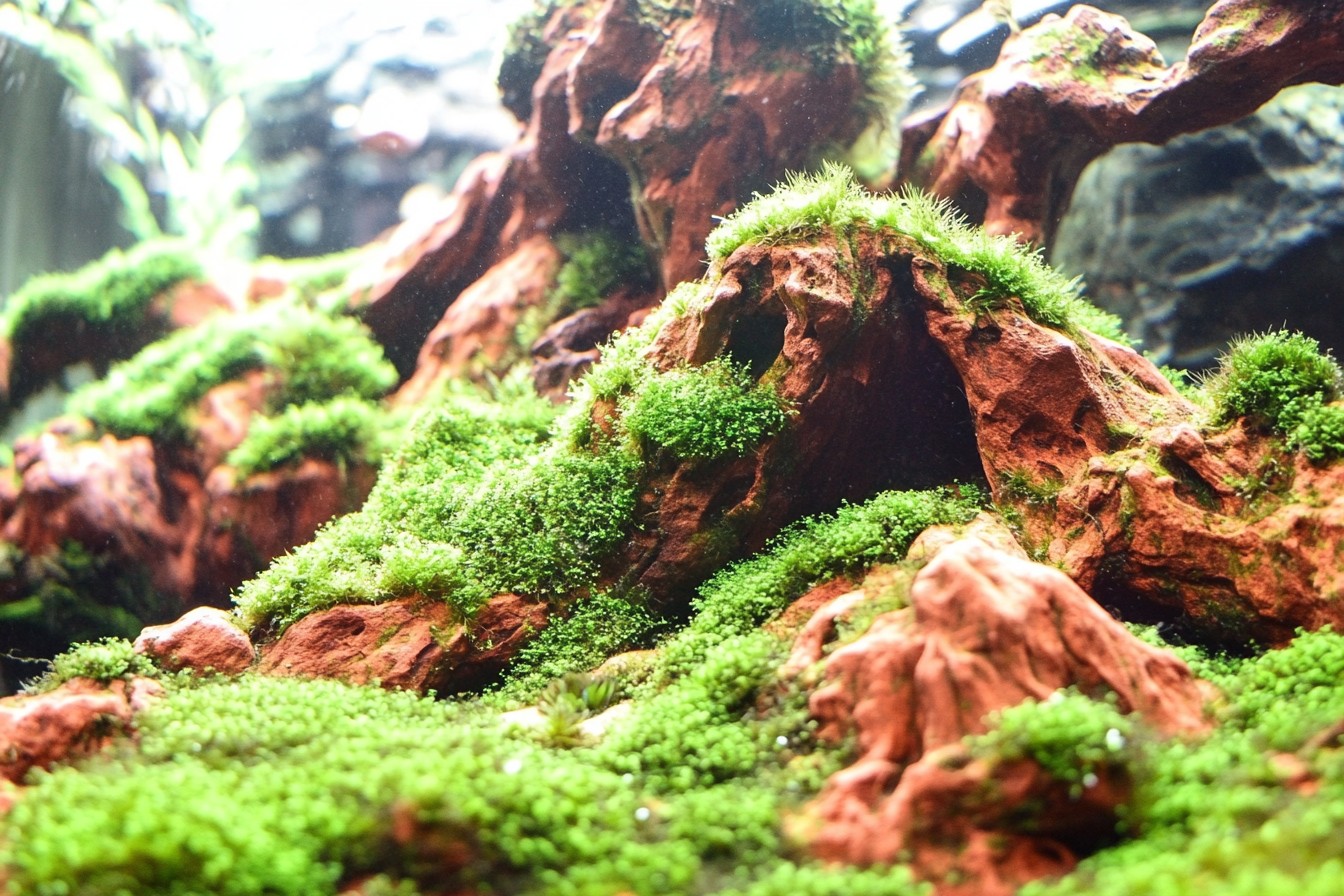
Nothing distracts from the pure undisturbed nature scene one is constructing in Iwagumi, which is why all equipment should be unseen. Cases of soft pipes to the elbows of pipes: Clear lily pipes, external heaters, give away any required technology. For Iwagumi where numerous distractions from the envisioned setting ought to be avoided, I’ve gone as far as coating in black paint equipment that might be sighted against the back glass. Also using clear CO2 diffusers instead of reactors which were visually intrusive albeit far more efficient.
The different styles also have very different lighting. For example, Dutch tanks require that the lighting is bright and even throughout the tank and supports the various species of plants. My solution for Dutch tanks is using suspended LED lamps with high PAR values at the front and back of the tank. Iwagumi on the other hand benefits from light coming from one source to give shadows and depth to the rocks, improving the effect of a natural scene. On my Iwagumi setups, I use small spotlights to add focus to the main lighting, which provides dramatic highlighting on the main stone.
Perhaps the most beneficial takeaway from attempting both styles is balance; that technical execution is important, but impact on emotions is most critical. My most stunning Dutch tank wasn’t the one with the showiest streets literally overflowing with plants or the most species; it was the one that made people stop in their tracks and say “wow.” The arrangement was filled with so much technical exuberance that it created a feeling of11 abundance and vitality transcending captureable details. Just like my best Iwagumi was not the best one with stones and their placement; he was not perfectly precise with stone placement but evoked a mountain valley so well a friend’s 5-year-old asked if the little fish “lived in the mountains.”
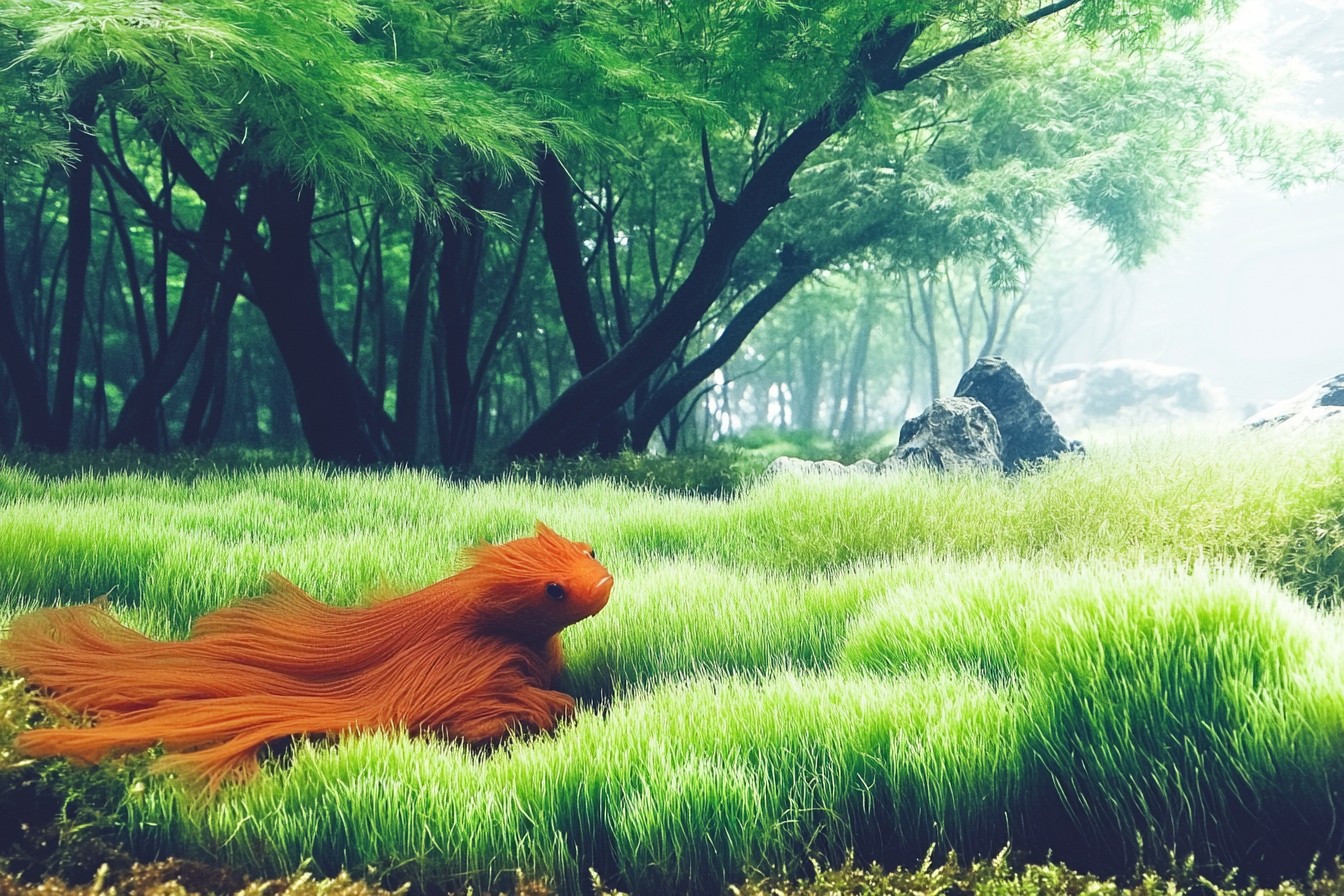
For both styles, it is essential to define a primary goal. For Dutch, a clear goal is gathering numerous species paying attention to contrasting shapes of the leaves. Be prepared for heavy maintenance since serious filtration and CO2 investment is essential. Sketch Iwagumi, spend time admiring nature’s rock formations. Take photos and study landscapes that invoke emotions, then analyze what makes them powerful. Practice stone arrangements in a modular way before finalizing on a design.
All styles will frustrate you at one point or another, and all will teach you something valuable about aquascaping. The Dutch style will teach you plant husbandry and maintenance discipline, the art of controlled chaos. With Iwagumi, you’ll learn restraint, proportion, and the commanding presence of negative space. These two styles are at the outer bounds of the aquascaping spectrum: one epitomizing maximum elements and abundance, while the other highlights minimalism. With sufficient care and understanding, both styles can create tanks of extraordinary beauty.
Both examples can be found in my home: a Dutch-inspired 75-gallon community tank bursting with plant life and color; and an 20-gallon Iwagumi that sits in my office like a zen garden, simple and contemplative. Different challenges, different joys, different moods. That’s part of the beauty of the hobby—there’s always another perspective. Sometimes the most educational route to take is attempting something completely outside of your comfort zone, even if the first attempt resembles an underwater riot of foliage or a random assortment of boulders.
Because with sufficient patience and practice, those soon-to-be disasters in time will transform into something that makes non-aquarium enthusiasts pause and look, slowly revealing glimpses of the meticulous underwater worlds we work so hard to craft.
